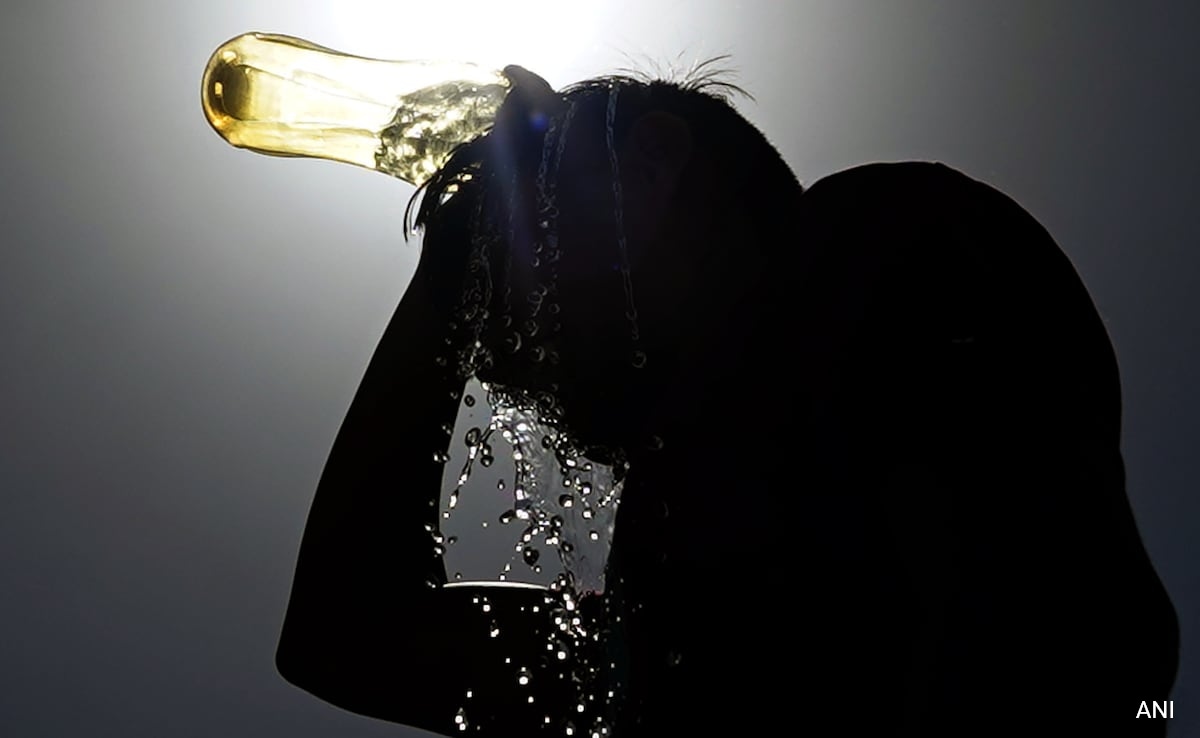
Representational Image
New Delhi:
At least 12 people in Rajasthan died of suspected heat stroke this week as large parts of India continued to swelter under a heat wave on Thursday.
The deaths in Rajasthan were suspected to have resulted from people falling sick due to heat stroke-like symptoms. Officials, however, have not yet ascertained the cause.
While four deaths were reported in Jalore, two daily wage workers died in Barmer, where the mercury soared to 48.8 degrees Celsius on Thursday, the highest temperature recorded in the country this year so far. Severe heatwaves also claimed lives in Alwar, Bhilwara, Balotra, and Jaisalmer.
ALSO READ | Explained: Why Is Northwest India Experiencing More Heatwaves
Kirori Lal Meena, Rajasthan’s Minister of Disaster Management and Relief, said that his government will provide a “relief package” to all the victims. Citing global warming, he also asked people to be careful.
Maximum temperatures also touched 45 degrees Celsius in Punjab, Haryana, Gujarat, Uttar Pradesh, and Madhya Pradesh on Thursday, official data showed.
‘Red’ Warning For Rajasthan, Delhi, Punjab, Haryana, UP
The India Meteorological Department (IMD) on Thursday issued a ‘red’ warning for Rajasthan, Punjab, Haryana, Chandigarh, Delhi, and Uttar Pradesh, and suggested “extreme care” for vulnerable people.
“Very high likelihood of developing heat illness and heat stroke in all ages,” it said.
The Met Office also said that warm night conditions could further exacerbate heat-related stress in Uttar Pradesh, Punjab, Haryana, Delhi, and Rajasthan over the next three days.
ALSO READ | Tips To Prevent Heat Stroke
Intense heat, which has been a cause of concern during seven-phased Lok Sabha elections, has also pushed India’s power demand to its seasonal high at 237 gigawatts (GW), surpassing its previous record high of 234 GW seen earlier this week.
While north India is reeling under a heatwave, Kerala and Tamil Nadu in the south have been witnessing heavy rain for the past few days. Showers also continued on Thursday in several parts of the two states, leading to waterlogging in many low-lying areas in several cities.

